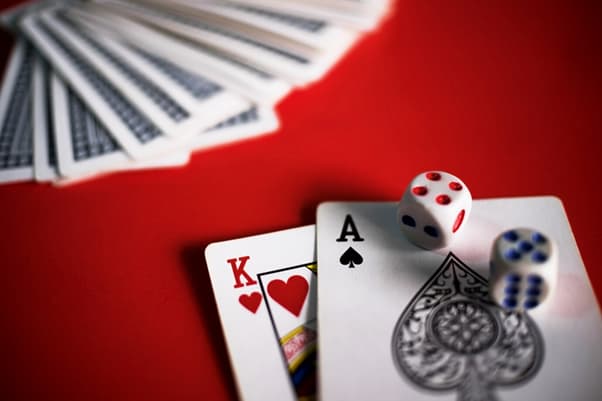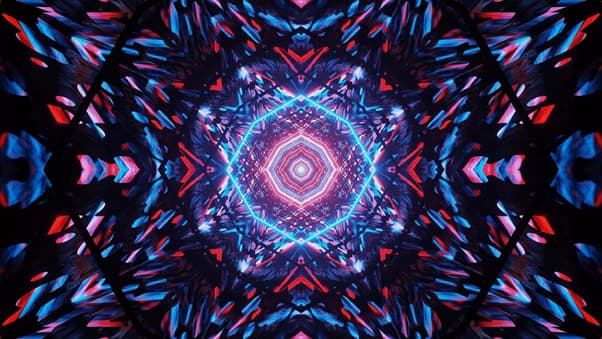The casino is a place of spectacle. Flashing lights, bold patterns, mirrored ceilings—all designed to enchant, excite, and, perhaps most of all, disorient. It’s no surprise, then, that the sensory landscape of a casino shares remarkable DNA with a particular movement in visual art: Op Art, or Optical Art.
In both spaces, the viewer is drawn into an experience where perception is challenged and manipulated. Museums and galleries around the world have begun exploring this fascinating overlap, curating exhibits that play with illusion, perception, and sensory overload—often echoing the very sensations that gamblers feel under the neon glow of a roulette wheel.
The Legacy of Optical Art
Optical art, emerging prominently in the 1960s, is characterized by geometric precision, high contrast, and movement—or at least the illusion of it. Artists like Bridget Riley and Victor Vasarely created flat paintings that appeared to shimmer, spin, or bulge. These artworks didn’t just hang on walls; they activated space, engaged the eye, and invited the viewer into a constantly shifting visual dialogue.
Today, many modern exhibits are reimagining Op Art within immersive, multimedia environments. Visitors don’t just observe illusions—they walk through them, becoming part of the visual trick. Light tunnels, moving floors, and projection-based rooms push the boundaries between art installation and physical sensation.
The Casino Aesthetic in Gallery Spaces
Why does this matter in the context of casinos? Because casinos too are masters of illusion. The architecture is often designed to confuse time, minimize exits, and heighten sensory stimulation. Bold carpets, LED installations, pulsating lights—all these elements have aesthetic parallels in the world of Op Art.
More recently, artists and curators have begun to explore how this casino-inspired aesthetic can be used to explore themes of risk, reward, and control. Exhibits inspired by gaming floors or slot-machine palettes often evoke feelings of anticipation, chaos, and vibrant excess—just like the atmosphere in a real casino.
In some cases, these parallels aren’t accidental. Just as a casino’s environment is engineered to draw the eye and stimulate spending, so too do immersive exhibits use rhythm, pattern, and repetition to invite attention and movement. The result? An experience that feels visually exciting and psychologically immersive.
A vivid example of this kind of design strategy can even be seen in digital environments. Just as Op Art challenges your sense of depth or perspective, some online promotions—like those offering layered bonus incentives—play with the perception of value and reward. One such offer, for instance, can be found here: https://playfortuneforfun.com/casino-bonuses/400-deposit-bonus/ —a fitting example of how digital visuals mirror physical illusions to amplify the appeal.
Perception, Psychology, and Play

The intersection of optical art and casino aesthetics isn’t just about style—it’s about the psychology of play. Both environments exploit the brain’s tendencies to seek patterns, predict outcomes, and chase rewards. When you step into an exhibit with shifting lights and kinetic surfaces, your senses awaken much like they do when approaching a row of slot machines.
What makes this connection especially compelling is how both experiences blur the line between control and surrender. In a gallery filled with immersive illusions, you may feel like you’re navigating space—but the space is really navigating you. Similarly, in a casino, the design leads you with subtle cues, even when you think you’re making your own decisions.
How Museums Are Reinventing Interaction
With this in mind, museums are increasingly designing exhibits that invite not only visual but physical participation. Interactive optical pieces ask visitors to shift their body, move their gaze, or stand in a precise spot to “unlock” the illusion. This bodily engagement creates a sense of discovery, wonder, and, yes—play.
Some museums even borrow cues directly from casino design: neon signage, labyrinthine layouts, and reward-like sound design create a world where art is no longer passive but game-like. As art spaces look to compete with other forms of entertainment, the theatricality of the casino floor provides a powerful blueprint.
Final Thoughts: When Art Feels Like a Gamble
The overlap between casinos and optical art might not be obvious at first glance, but upon closer inspection, it’s everywhere—from the patterned floors to the psychology of attention. In both realms, we are asked to question what we see, how we see it, and what we believe is possible.
As museums and galleries seek to draw in younger, experience-hungry audiences, the line between art, play, and illusion continues to blur. Whether through Op Art or casino-inspired environments, one thing remains clear: perception is the game, and we are all players.
